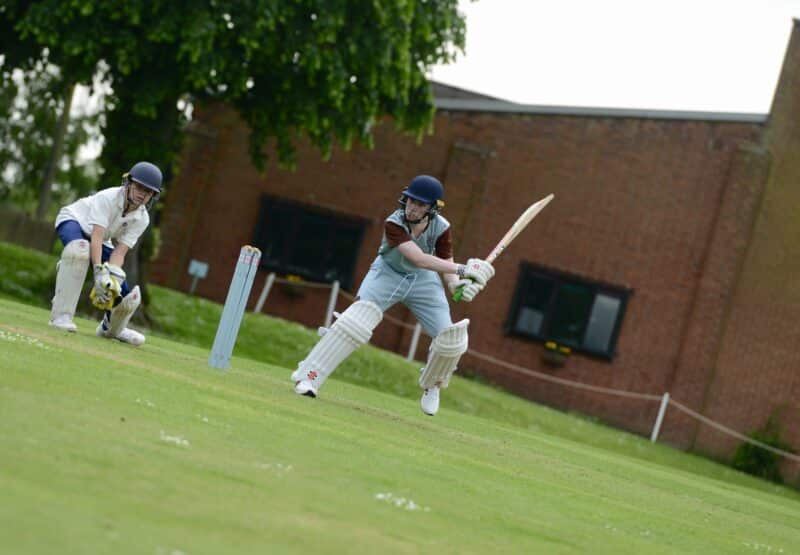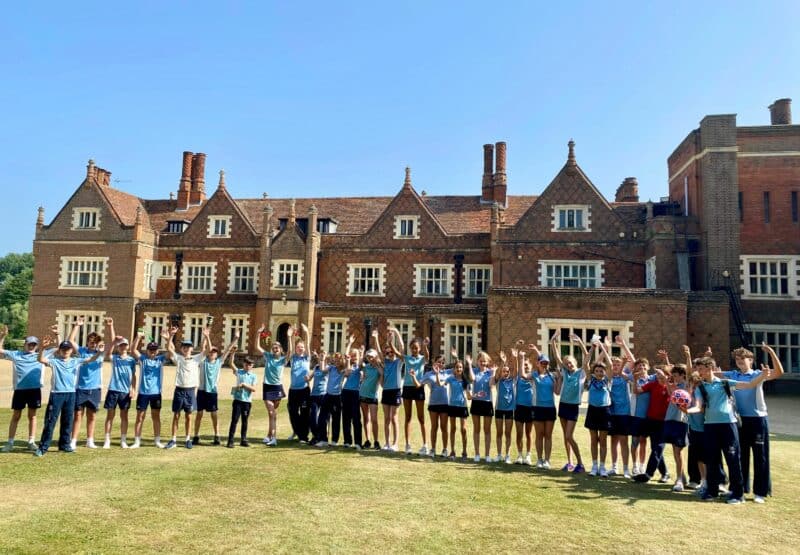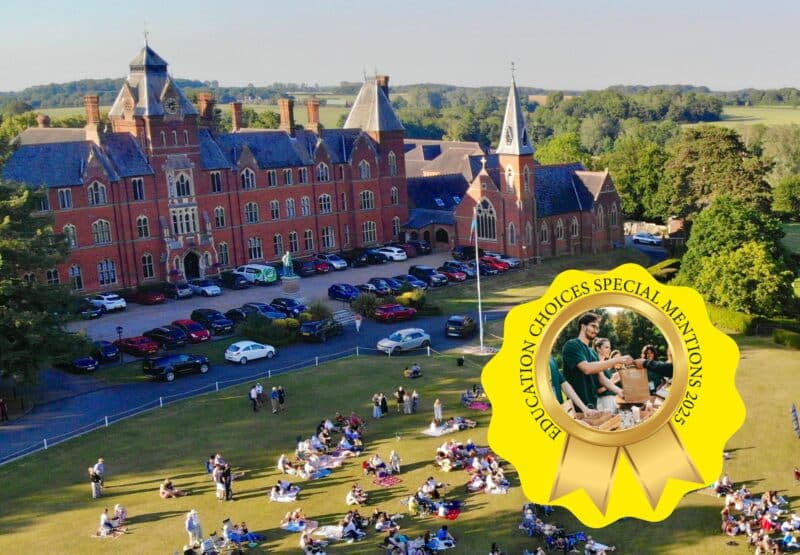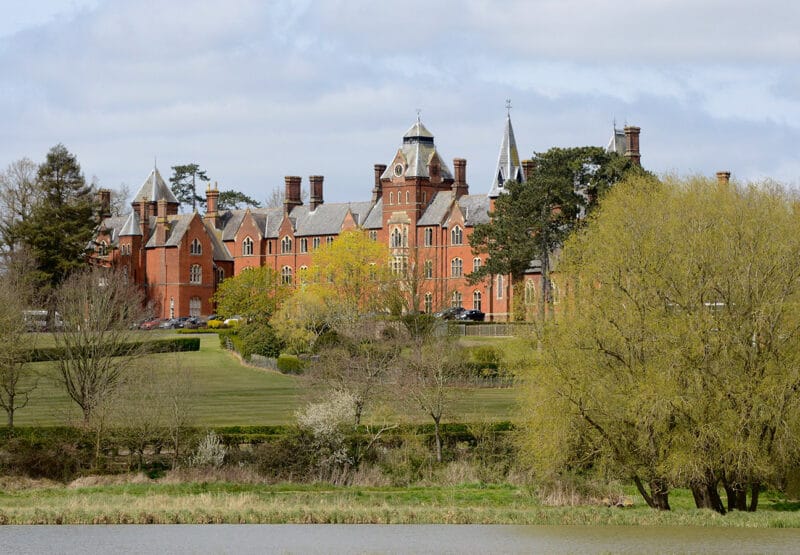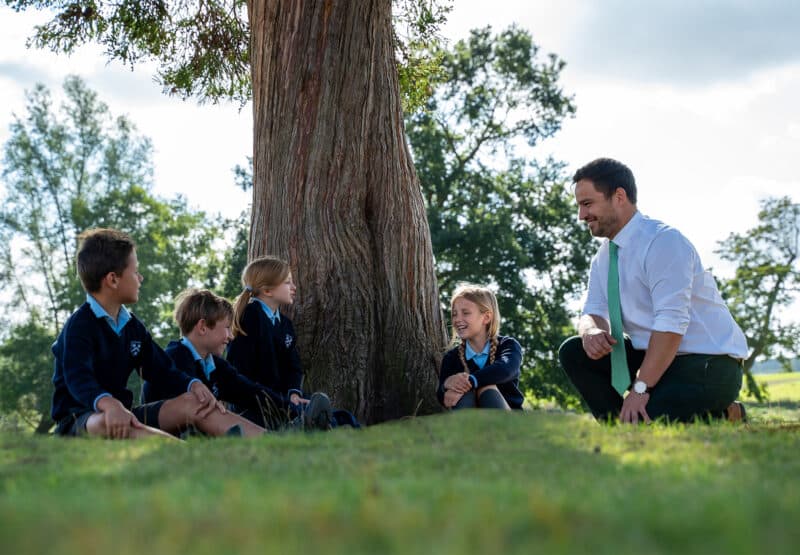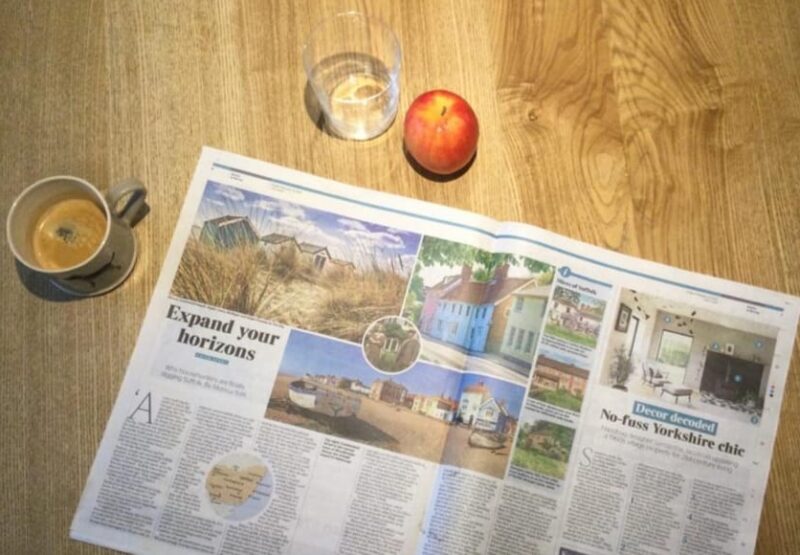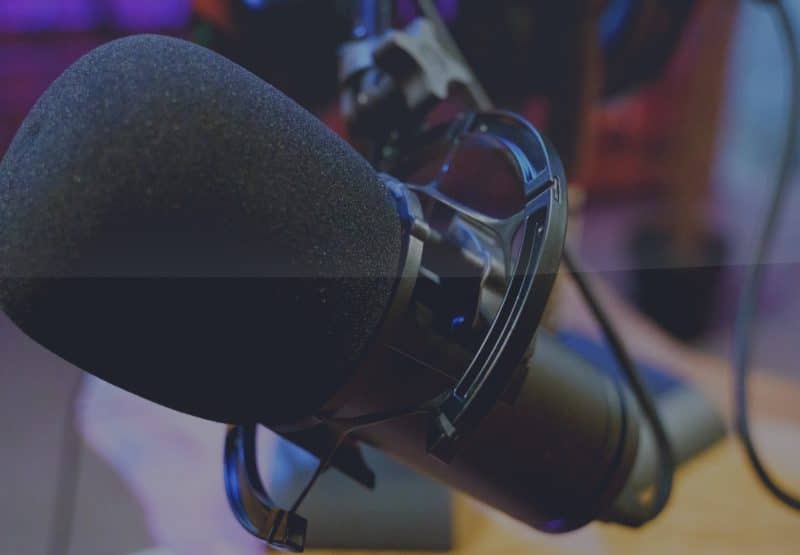Two aspiring astronomists from Framlingham College, Year 9 pupils Harry W and Bertie B, have showcased how teamwork, perseverance and patience can reap impressive rewards, working together to capture a photo of Jupiter, described as the best image of the planet captured by amateur astronomists.
Inspired by Bertie’s new Celestron NexStar 6SE telescope (given to him for Christmas), the pair’s spontaneous decision to take the telescope outside and experiment with its tracking mount, resulted in spotting the largest planet in our Solar System and seizing the opportunity to capture the moment.
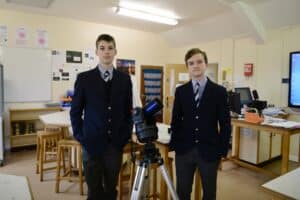
Bertie (left) and Harry (right) teamed up to capture a brilliant photo of Jupiter
“I own a telescope myself, however when Bertie received his NexStar – which is optimized for viewing planets – I came up with the idea of attaching my ZWO ASI astronomy camera to the eyepiece to see what we could capture”, Harry explains.
Heading outside on a cold January evening, the pair spent an hour conducting visual astronomy, setting their sights on the fifth planet from the Sun which sits approximately between 400 million and 600 million miles away from Earth, depending on orbit.
“Using the tracking abilities of the telescope we were able to identify and focus in on Jupiter”, Harry said. “We fitted the camera into the eyepiece, plugged the camera into my laptop (which runs image processing software) and captured a two-and-a-half-minute video of Jupiter.
“Using the processing software, we were able to analyse each frame of high resolution footage and then stacked them together. I stacked approximately 75% of the best frames and after some noise reduction editing, we ended up with the final image.”
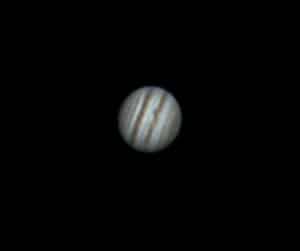
It took the pair just two attempts to capture this impressive image of Jupiter
As a results of a clear night and relatively mild temperatures for January, it only took the duo two attempts to capture their final image.
“The only small challenge we faced was trying to get the telescope properly in focus before we could start capturing the video”, says Harry. “The larger the telescope the more issues you encounter when trying to focus due to weight and stability. Temperature can also affect the focus, especially in cold weather as dew can start to condense on the telescope”.
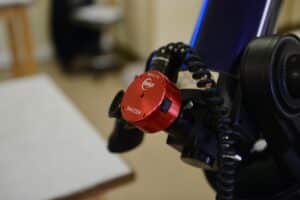
They used Harry’s ZWO ASI astronomy camera paired with Bertie’s Celestron NexStar 6SE telescope
Dr Richard Higgins, Head of Science at Framlingham College, said: “I was absolutely blown away when I saw what Harry and Bertie had managed to capture. To see the colours and the detail of the planet was fantastic. I have never seen a better image produced by two aspiring novice astronomists, and it demonstrates immense patience and perseverance. It’s a brilliant example of how accessible planetary technology has become for young people, and what two dedicated and passionate amateurs can do with modern equipment available today.”
In addition to their aim of capturing Saturn when it comes back into view from behind the Sun in a couple months’ time, the boys next challenge is to delve into deep sky photography and capture pictures of what is lurking outside the solar system, such as the Orion Nebula, galaxies, and star-clusters.
As part of the extensive science curriculum at Framlingham College, our in-house Astronomy Club meet every Tuesday night during term time.

